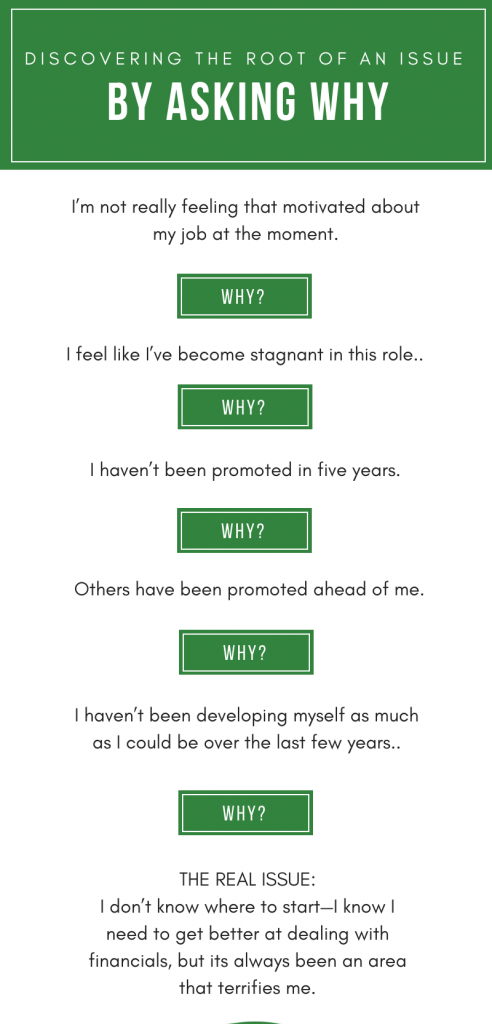
In 1996, Daniel Goleman pioneered the concept of emotional intelligence.
Fast forward 22 years, and in today’s rapidly developing business landscape, this concept is still highly relevant. It has five components — empathy, self-awareness, self-regulation, motivation and social skills. Many experts rank emotional intelligence as the number one determinant of leadership success, higher even than intelligence itself.
Knowing the importance of emotional intelligence to leaders, the question is, as leaders, are we doing enough to develop our own emotional intelligence on a daily basis? How about the emotional intelligence of our teams and those that rely on us for development?
Knowing the value of emotional intelligence in theory and practice, we were keen to weave it into our own training programmes where relevant.
Here are four of the ways we embed emotional intelligence into courses we facilitate.
Tip #1: Hold yourself accountable
To self-regulate, it’s critical to gain control of the story you’re telling yourself.
Many leaders fail to regulate their own emotions during times of pressure because they simply allow a negative narrative to dictate their thoughts. Something goes wrong, and the blame begins — a co-worker, a competitor, or another department not pulling their weight. These may all be factors, but the reality is, things go wrong all the time. It’s what happens after that matters. Are you willing to own your role in the problem? To put steps in place to improve the areas you have control over? Or will you allow the unfairness to cloud your judgement and behaviour? By learning to tell yourself a useful narrative, you can better self-regulate your emotions.
The OAR-BED model is a powerful way to introduce ‘Above the Line’ concepts into a session. OAR-BED is an acronym which identifies two things:
Above-the-line behaviour – Ownership, Accountability and Responsibility; ideally where we all want our behaviour to be.
Below-the-line behaviour – Blame, Excuses and Denial; not such a good space to find yourself in on a regular basis.
Asking your trainees to think of situations and brainstorm examples of each trait in the model helps them to get to the heart of some key EQ topics, fast.
Tip #2: Keep a journal
Ask anyone who keeps a journal, and they’ll rave about its benefits.
We’ve found that simply taking a few minutes at the start of each session to include reflective writing into the programme, can build self-awareness and provide meaningful material to really strengthen the transfer of learning to the real world. Guided by a leadership topic covered in a previous session, you can give your participants sentence-starters to get the ball rolling.
There’s something about viewing situations from a different context, once a little time has passed, that opens up your eyes to insights unseen in the moment.
Self-awareness — as its first four letters suggest — is closely tied to self-regulation. By journaling, you’re also playing an active role in the story your mind is telling itself. Often we can be unaware of the explanations we come up with for why certain situations unfolded the way they did. But by journaling, the narrative of your mind is laid out for you to see and make changes to if need be.
Tip #3: Ask why, five times
An emotionally intelligent leader is one who understands their own motivation and knows how to dig deep enough to discover what makes others tick too.
If this sounds like a tough ask, we have a simple trick: Just ask why, five times. This root cause analysis technique, originating from Toyota car factories, is a common tool used in continuous improvement contexts to get to the heart of an issue.
You’d be surprised how much asking why over and over again will strip back the surface-level reasoning, and really reveal the core of an issue. An example:

When you simply ask ‘Why?’, you can reveal the root of the problem. Rather than having an unmotivated employee, you now have an employee who has identified their next development step. You can now coach them towards their goal.
Tip #4: Create space between feeling and reacting
Easier said than done, but being aware of how thoughts and behaviours shape our actions and reactions is a powerful tool for building emotional regulation.
Think of a situation (real or imagined) where someone says something that gets your back up. What’s the first, automatic, go-to response? Write it down. Now, ask your participants to work in pairs to craft a second, better response and write this down. Finally, get them to write the best response down and, even better, role-play the situation with this newly created best response. Questions to discuss in the activity debrief include ‘How much space is there between my thought and reaction?’, ‘What was the response of the other person to my best response, rather than my first?’ and so on. It’s a thoughtful and empowering way to get participants to reflect on how to be less reactive.
Next step to nurturing emotional intelligence in your workplace
If you are keen to ensure your workplace training helps promote emotional intelligence, get in touch with us today.





